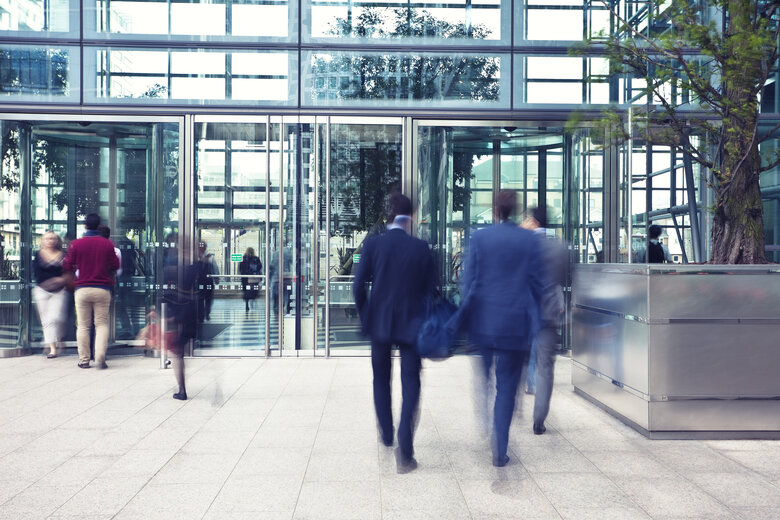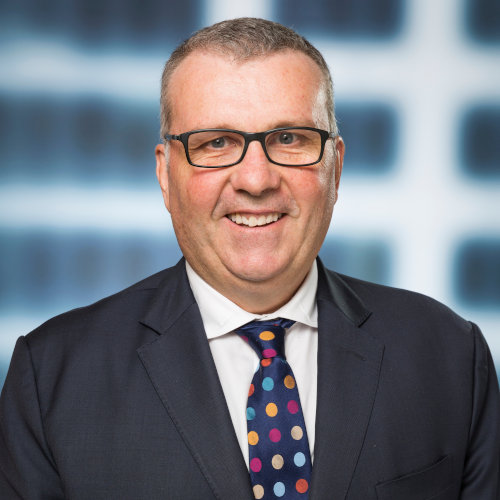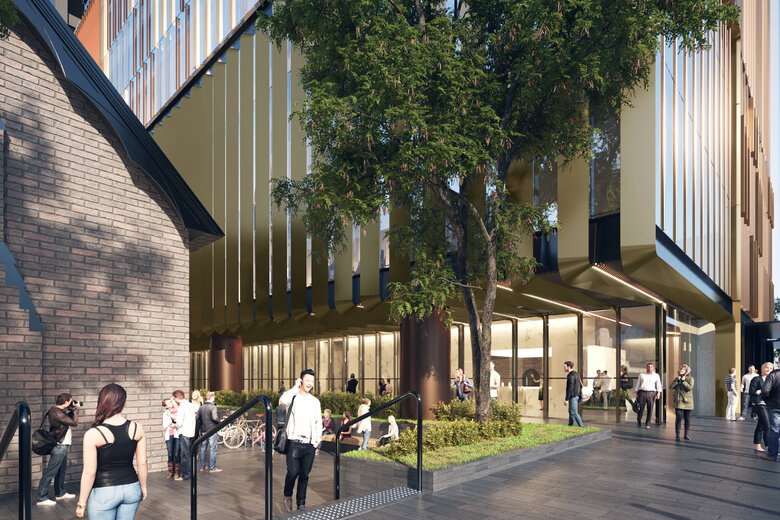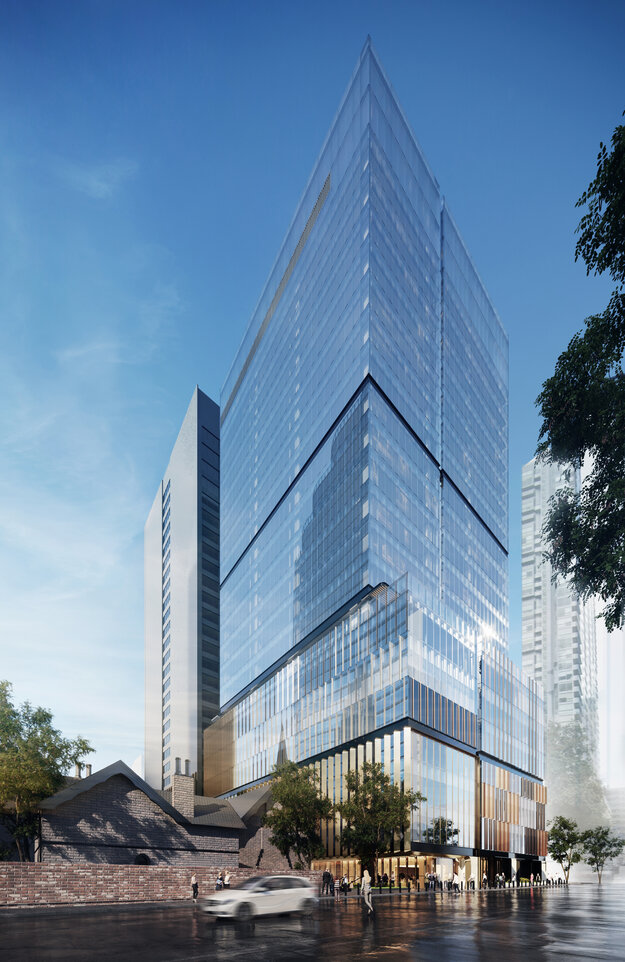
With calls for public sector workers to return to their offices when the time is right, state and federal government departments and agencies are forging ahead with a number of state-of the-art workplace projects, to bring public servants into new, future-proofed, hi-tech offices safely, writes Andrew Borger.

Key examples include the recently completed South Australia Attorney General’s Department new offices at GPO Exchange in Adelaide, the Australian Federal Police’s (AFP) new Victorian headquarters at 140 Lonsdale Street at Wesley Place in Melbourne, and the new home for one of CSIRO’s departments in Western Sydney at Innovation Quarter (iQ) Westmead, with the latter two projects currently under construction.
Working closely with over 40 of our government partners, I hear first-hand what’s most important to them when it comes to creating future-ready workplaces that help them realise their objectives in delivering services for Australians.
So, what are government agencies looking for when it comes to shaping their future workplaces?
Hi-tech building integrations and security
This is a top priority across the board with government customers. Similar to the private sector and enterprise, public sector tenants look for the latest in building technologies and innovations to elevate the work day experience for employees, create new efficiencies and ensure the highest level of security.
For example, at the South Australia Attorney General’s Department at GPO Exchange in Adelaide, these tech integrations are visible everywhere from the touch-free smart turnstiles that use integrated credentials via smartphones, electric car charging stations, sophisticated end of trip facilities and smart building apps that connect tenants to the building’s services. In addition, security and access has been seamlessly integrated to create a frictionless tenant and visitor arrival experience.

The COVID-19 pandemic has only heightened the focus on technology integrations to facilitate COVID-safe workplaces. These specific integrations include touchless amenity, in-built temperature checking, and UV sterilisation in the air conditioning system to minimise the risk of bacteria and viral transmission.
Flexibility and customisation of space
The ability to customise office space and flexibility to meet changing workplace needs is another top priority. Government departments often need to adapt quickly to shifts in policy and workforce requirements. It’s simply not feasible to relocate regularly to accommodate this, due to costs, resources and the rigour of policies and procedures.
New workplaces need to fit-for-purpose and in line with public sector mandatory and stretch requirements, such as security levels and sustainability benchmarks.
For example, on completion, 140 Lonsdale Street in Melbourne’s CBD will be a bespoke 20 level A-Grade office tower, customised to suit the exact requirements of the AFP in Victoria. The building has been designed to meet the evolving needs and challenges of Australian law enforcement from the outset.
Similarly, at 1 Martin Place in Sydney, when the Australian Prudential Regulation Authority (APRA) looked to create its new Sydney office in 2016, they were seeking more collaboration and flexible spaces. Key innovations delivered to meet this requirement included flexible ‘Town Hall’ and training spaces, which extend to an outdoor terrace with a breathable green wall. Inter-connected stairs in a central atrium provided them with multi-level interactions and connectivity.
Wellbeing & sustainability
Healthier and more sustainable workplaces that support employee wellbeing are now more important than ever. As a result, office workers are increasingly seeking programs of activities and services that support, educate and promote better and more balanced lifestyles.

At the AFP’s new Victorian headquarters, wellbeing has been prioritised with measures such as state-of-the-art cyclist and end-of-trip facilities for workers, to promote active and healthy lifestyles. The large, flexible floorplates have been designed to access maximum natural daylight penetration and a generous terrace will provide outdoor break out spaces. This is complemented by access to one of only four green spaces in the CBD at the building’s doorstep, Wesley Place’s ‘Town Square’ – a tech-enabled, landscaped space for workers to relax, socialise or collaborate in.
In terms of meeting the AFPs sustainability requirements, design features and energy efficiency measures are expected to deliver an annual greenhouse emissions reduction of almost 50 per cent for the building compared with a Green Star benchmark building. Energy saving measures include daylight harvesting and an energy efficient lighting system. Additionally, at least 80 per cent of construction and demolition waste will be reused or recycled during construction of the building.
Wellbeing represents healthy bodies and minds supported by a healthy workplace and organisational culture. These factors can deliver resilient, safe and frictionless workplace environments for public sector workers to thrive in.
*Andrew Borger, is head of office development at Charter Hall
Comment below to have your say on this story.
If you have a news story or tip-off, get in touch at editorial@governmentnews.com.au.
Sign up to the Government News newsletter